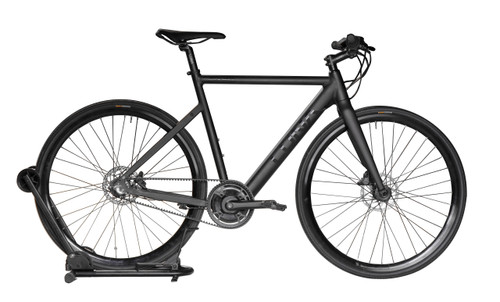If you look at the links I attached you'd see that this isn't the same model of Hyena motor on Treks but a new motor designed for road bikes released last month and due out later this year.It is Trek FX+ 2 for instance.
Set for a first showing at Taiwan’s leading trade show later this month and to appear on e-bikes from the middle of this year, the new H250 series is a second-generation system that somehow manages to shave 400 grams from the prior model’s weight, all the while reducing its overall size by 5%. This should further reduce the gap between e-bike weights and that of standard road bikes, a void that has only been reducing. Better still, Hyena’s presence will put more competition into a space where prices can be perceived as high.
Weight reduction is obviously a key design want from road and gravel bike makers, but so too is available power and with the new rear-hub motor Hyena ups its peak power availability to 425W, which will add excitement to road sprints and sharp inclines.
As an aside to this, Hyena has also introduced a new Thru-axle solution for the electric road segment, with the MRC-F250 motor landing again at the low weight of just 2kg (Mahle’s X20 is currently the lightest at 1.37kg, though this has only 23Nm of torque). This rear hub motor can be utilised on wheels of 26″, 27.5″ and 28″, assuming the frame allows a 142mm axle installation.

